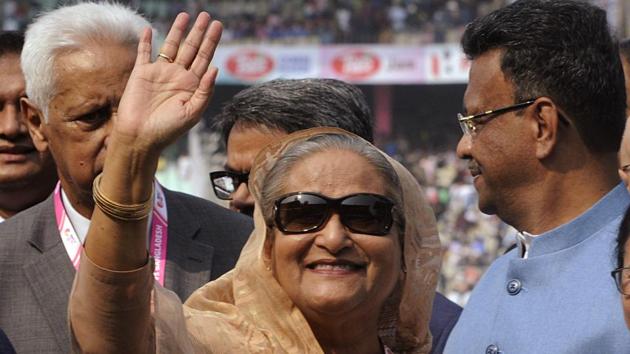How Bangladesh is outperforming India, writes Karan Thapar
Be it growth, enhanced investment, life expectancy, literacy, and health, Bangladesh is doing well
Frankly, I blame Henry Kissinger. Way back in the 1970s, he called Bangladesh “an international basket case”. At the time, no doubt, it was. Television images of the frequent devastating floods it suffered confirmed this characterisation. So the description stuck.

Today, Bangladesh is a different country. The world may be slow in changing its opinion — although I am not so sure of that — but we in India have no right to be trapped in the 1970s. Yet, that’s precisely what the junior home minister revealed last weekend.
“Half of Bangladesh will be empty (vacant) if India offers citizenship to them,” said minister of state for home, G Kishan Reddy. “Half of Bangladeshis will come over to India if citizenship is promised.” Apart from the fact that he was undiplomatic and offensive, Reddy also revealed that he’s ignorant of the true state of Bangladesh. Worse, he doesn’t know that, in comparison to India, Bangladesh is performing far better on many, if not most, of the indices that determine quality of life.
First, Bangladesh is growing at a rate that we in India can only envy and hope to achieve two or three years down the road. Whilst we slip below 5%, Bangladesh is racing ahead at 8%.
Second, while Nirmala Sitharaman desperately strives to attract investment leaving China by offering 15% rates of corporate tax, Bangladesh is one of the two countries where it’s actually going. Consequently, high streets in London and New York are brimming with clothes made in Bangladesh, but very few produced in Ludhiana and Tirupur. No wonder Bangladesh’s merchandise exports grew in double digits in fiscal 2019; India’s sharply fell.
However, economic performance is only one part of the growing difference that separates India from Bangladesh. The other is more telling. To put it bluntly, life in Bangladesh appears a lot more attractive than in India.
Just look at the facts. Life expectancy for males and females in Bangladesh is 71 and 74 respectively. In India, the corresponding figure is 67 and 70. When you break down this big picture, the difference becomes even more striking.
First, take children. Neonatal mortality in India is 22.73 per 1,000 live births; it is 17.12 in Bangladesh. Infant mortality is 29.94 in India versus 25.14 in Bangladesh. Our under-five mortality is 38.69; theirs is 30.16.
Now, come to women. In Bangladesh, 71% of women above the age of 15 are literate, while 66% are so in India. In Bangladesh, female labour participation is 30% and rising; ours is 23% and has fallen by 8% in the last decade.
Finally, the ratio of high school enrolment for boys and girls — a measure that indicates how the future is developing — is 0.94 in India but 1.14 in Bangladesh. Not only are things better on the other side of the border; they’re going to get better still. We’re falling behind.
So when AK Abdul Momen, Bangladesh’s foreign minister, says, “Some Indian nationals are entering Bangladesh illegally for economic reasons”, he may well be right. People migrate to improve their lives, and life in Bangladesh seems decidedly better. If you’re an Indian Muslim in danger of lynching because you trade in meat, accused of love-jihad because you’ve fallen in love with a Hindu, or in fear of losing your citizenship, you could easily be tempted to cross over to the other side.
At the moment, there can’t be too many inclined to journey in the opposite direction. The statistics I have quoted suggest that it’s more attractive to be a termite in Bangladesh than a legal citizen in India.
One last point: Someone should tell Reddy that if the United States of America promises citizenship, half of India will cross over. Actually, it will be far more. And, by the way, the fact America’s doors are presently shut isn’t stopping us.



